I have this circuit:
I understood the operation:
- On power-up Q1 and Q2 are off. There is no collector current so L1 is off.
- If the digital control input on the left is brought high (5 V) Q1 will turn on. Current will flow through L1, Q1 and R2.
- As the voltage drop across R2 increases to about 0.6 V Q2 will start to turn on and shunt some of the base current away from Q1.
- The result is that the circuit will settle at whatever Q1 emitter current will drop 0.6 V across R2.
Questions:
- Are both the transistors (Q1 & Q2) in the active region at all times during operation?
- Will the load current through the load resistor and the LED will always remain constant and not exceed the limit regardless of the situation?
- Is there any scenario when either of the transistors will go into saturation or cut-off during powered condition?
